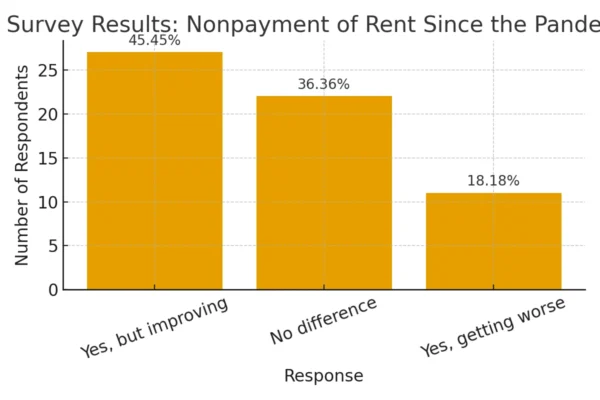Got Renter`s Insurance?
by Ilyce Glick, Inman News
 The number of foreclosures has doubled since last year. That means a lot of former homeowners are now looking for a new place to hang their hats.
The number of foreclosures has doubled since last year. That means a lot of former homeowners are now looking for a new place to hang their hats.
Many former owners are becoming renters again for the first time in a long time. And there are new lessons to learn: You’re not quite the master of your own domain, because you merely lease the property instead of owning it. You have to live by the landlord’s or building’s rules and regulations. And, you have to remember to change your insurance coverage.
It’s easy to remember that when you own a property, you need to budget for homeowners insurance. Your mortgage company requires you to buy a one-year insurance policy when you buy a home, or you will not be allowed to close.
But there is no one to remind a renter that renter’s insurance is just as important — although much less expensive.
Approximately 87 million Americans rent their home, and Harvard University’s Joint Center for Housing Studies predicts another million former homeowners will join their ranks this year. And yet, just 40 percent of renters have renter’s insurance, according to a new survey by Allstate.
Why don’t renters buy insurance for the contents of their home? The Allstate survey found that 43 percent haven’t made time to look into it; 33 percent believe that coverage is too expensive; 23 percent believe they don’t have enough valuables to make renter’s insurance worthwhile; and 10 percent believe landlords are responsible.
It’s easy to be fooled into thinking your stuff doesn’t have value when you’re a renter. Typically, college students move up into the world with hand-me-down furniture of the well-worn variety. But in fact, television sets, computers and even hand-me down furniture have value, and a theft, fire, flood or other catastrophe could leave renters in the lurch if disaster strikes.
The typical renter has $30,000 worth of contents — but that’s not necessarily a number known by the renter, who typically undercounts his or her possessions. Like homeowners, renters need to take an objective look at the contents of their property and think about how much it would cost to replace them.But few do. In fact, the Allstate survey found that just one-third of renters have done a home inventory checklist or tried to estimate the cost of replacing everything in their home.
What can you do to protect yourself? Before buying a renter’s insurance policy, you should start by doing a home inventory. (This is a good exercise for homeowners as well.) Make a list of all of the possessions you own or are financially responsible for in your rental unit, including furnishings, appliances, artwork, electronic and recreational equipment, books and knickknacks.
Back up your inventory with digital photographs of each item and video to help determine where it is located. If you’re so inclined, you can draw a floor plan of the unit and indicate where the major items are located, or use a floor plan provided by your landlord.
In this age of digital technology, you may want to create this as an online file, so that the inventory of possessions, electronic photos and digital video exist together, and can be used to bolster your case in the event of a loss.
Once you have a list of your possessions, you’ll want to think about how much it would cost to replace them, if your home is completely destroyed. You might think all you need is a couch, table, chairs, television, computer and new cell phone. But what about plates, glasses and silverware? What will you cook with? Do you need a new toaster oven? And, what about clothes and jewelry?
Add it all up, and you could easily spend $20,000 to $50,000 replacing the contents of a one- or two-bedroom home.
Next, it’s time to shop around for the best renter’s insurance policy you can find. Your credit score will play a role here, so pull a copy of your credit history at AnnualCreditReport.com (and buy a copy of your credit score for about $7 at the same site). The higher your score, the better terms, condition and price you’ll be offered for your renter’s insurance policy.
Be sure to shop around and talk to a number of insurance companies about their rental insurance policies. Some may offer discounts if you buy your auto insurance and renter’s insurance together. Stacking insurance policies can sometimes net you as much as a 15 percent savings.
But the pricing of a renter’s insurance policy may surprise you. Renter’s insurance typically costs about $15 per month, or about $180 per year for a $30,000 policy.
To get even more valuable advice from Ilyce, visit her Personal Finance and Real Estate Center.
What’s your opinion? Leave your comments below or send a letter to the editor. To contact the writer, click the byline at the top of the story.
Copyright 2008 Ilyce R. Glick
American Apartment Owners Association offers discounts on products and services related to your commercial housing investment including REAL ESTATE FORMS, tenant debt collection, tenant background checks, insurance and financing. Find out more at www.joinaaoa.org.
To subscribe to our blog, click here.













 Accessibility
Accessibility